A Harley Davidson and a beautiful model and you get to see it all….
Frank Doorhof’s Digital Classroom, model shoot with a motor
Have you ever wondered how they got those shots?
Well, you’re going to love the Frank Doorhof’s Digital Classroom series.
In these broadcasts, we show you complete setups and tell you about the technique but most of all, we also talk about choosing the right angle, styling, adding elements in the set or for example, smoke, working with lens flares, colors, etc.
And this time we had a very special prop, a Harley Davidson.
In two completely different setups, I show you how to light the set and pose the model, but also how to light in zones and understand feathering and light placement for reflections and covering up light sources.
And the coolest part?
I did it all with the Geekoto strobes, the FlashBender in striplight configuration, and the Rogue Magnetic system.
A complete setup everyone can afford and still gives you awesome results both on location and in the studio.
See frankdoorhof.com/shop for the gear I use.
Here is the episode of the digital classroom.
Digital Classroom results
And of course, you also want to see the results.
Do realize these were all shot during a live broadcast, so not the perfect circumstances to get everything 100% right 😀
Frank Doorhof’s Digital Classroom supporters
We have to thank our sponsors for making Frank Doorhof’s Digital Classroom possible.
Frank Doorhof’s Digital Classroom is sponsored by BenQ Photographic Monitors & Rogue Expo Imaging; Photographic Design (FlashBenders & Magnetic modifiers, color, correction, and reflection)
Also powered by Calibrite (calibration done right, the best solutions for photographers, filmmakers, designers, and content creators who love color and demand the very best tools for their color-critical workflow) and Cascable (tethering software for the iPad),
Furthermore, we thank YOU! the viewers and fans of our Digital Classroom from all over the world. We like your questions and remarks in the chat live or below our videos.
Special thanks to our friend Martin, who drove his precious Harley in our studio, and friend and model Claudia for being creative.
You might have seen our little mascot Chewie the Labradoodle, who doesn’t like smoke but was brave enough to be watching from below the desk.
Subscribe to our YouTube channel for more live streams and other videos.
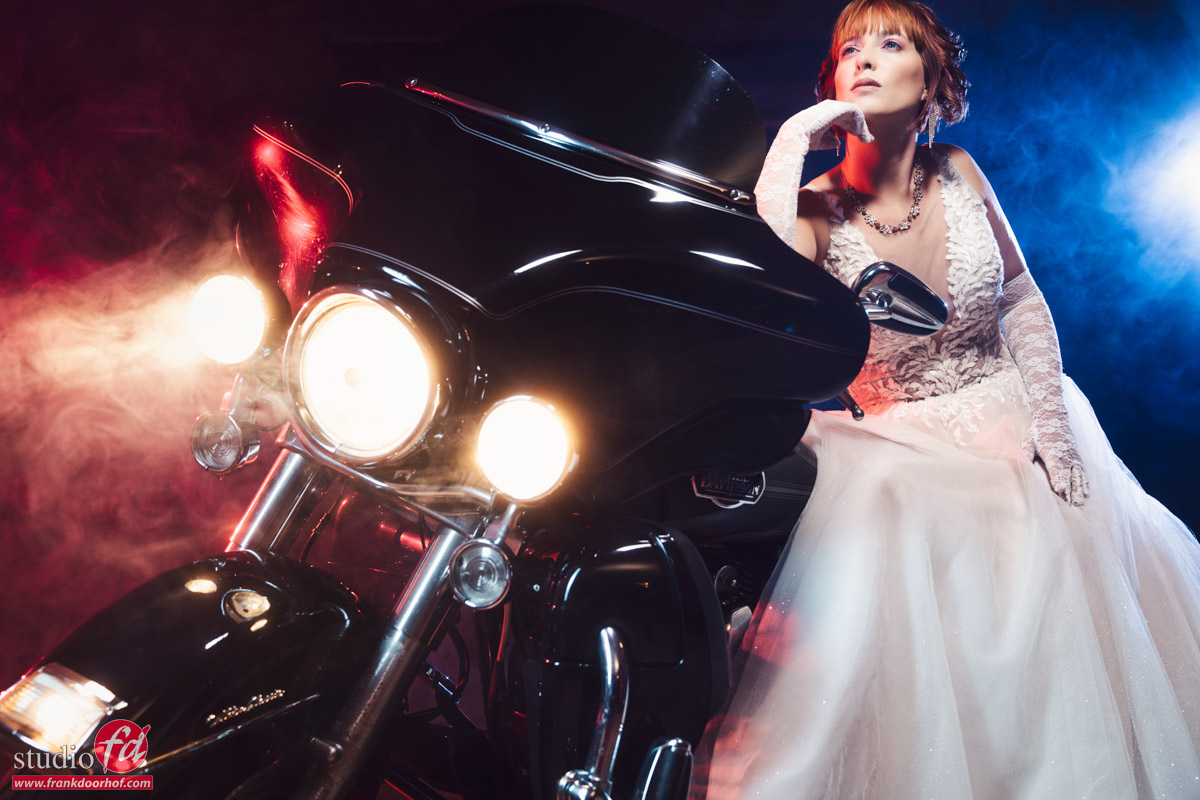
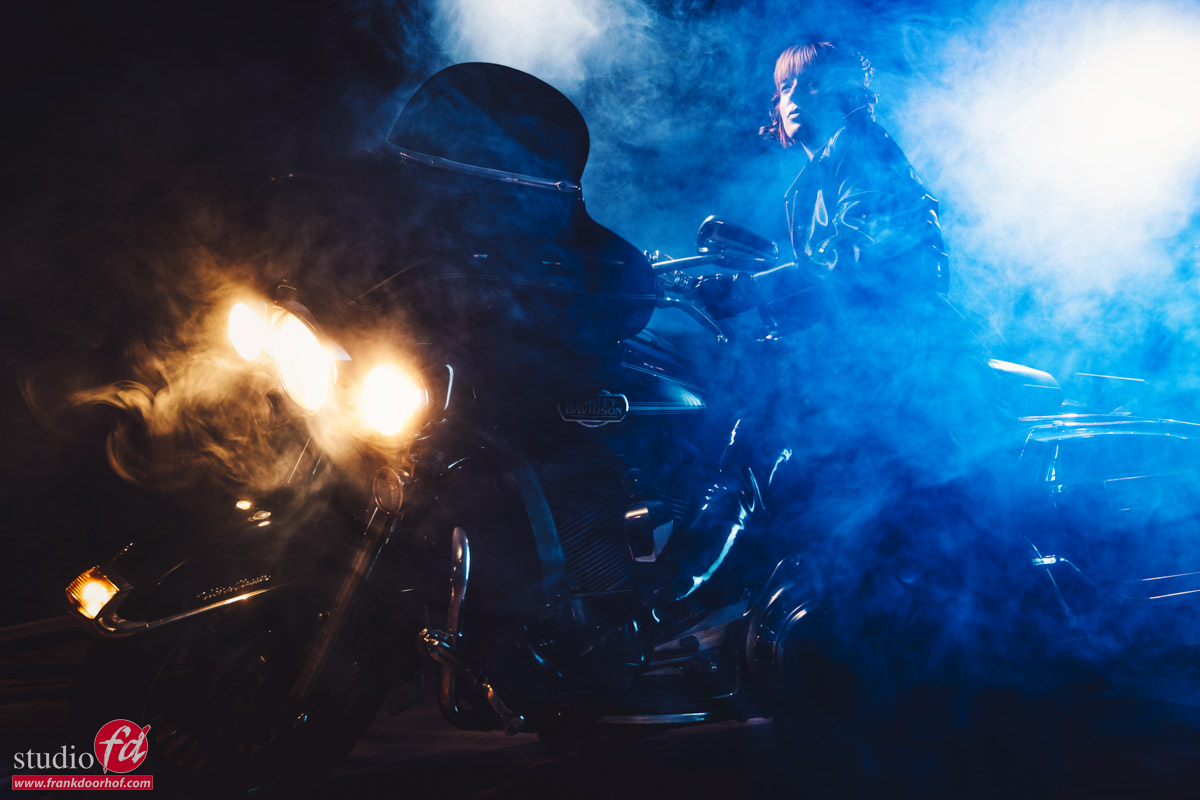
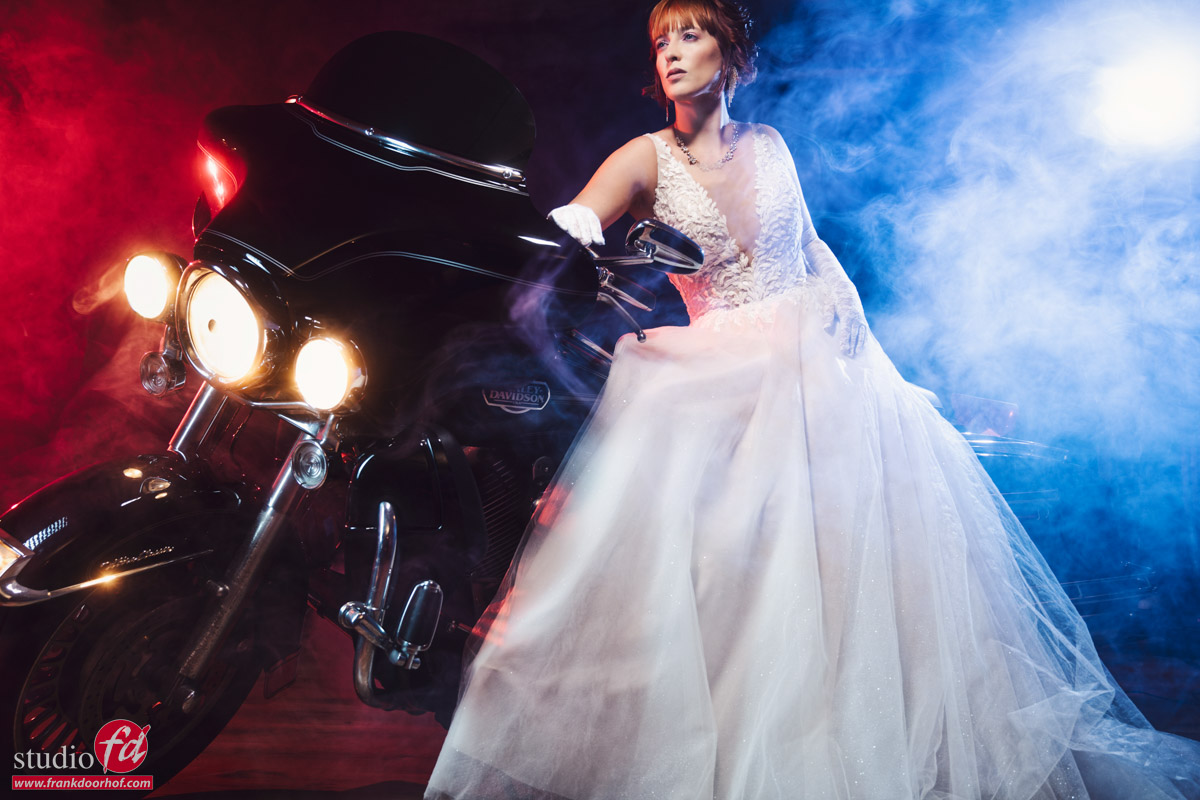
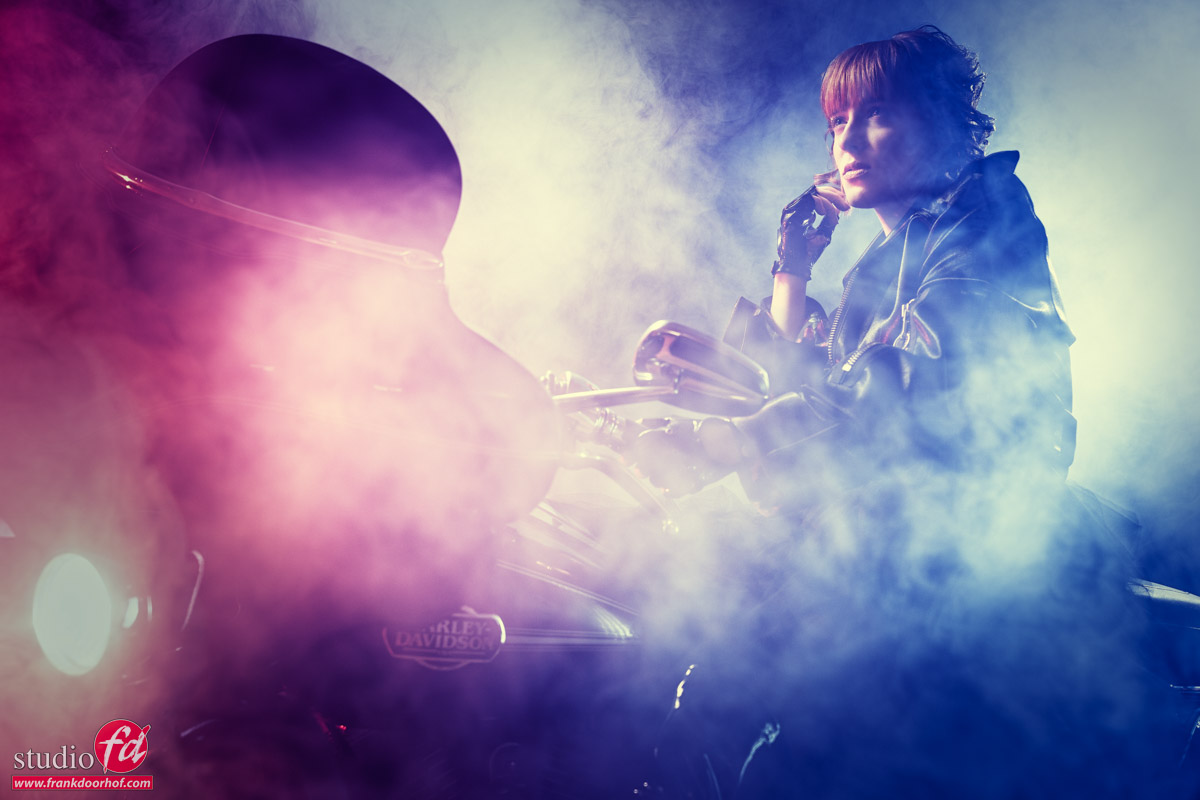
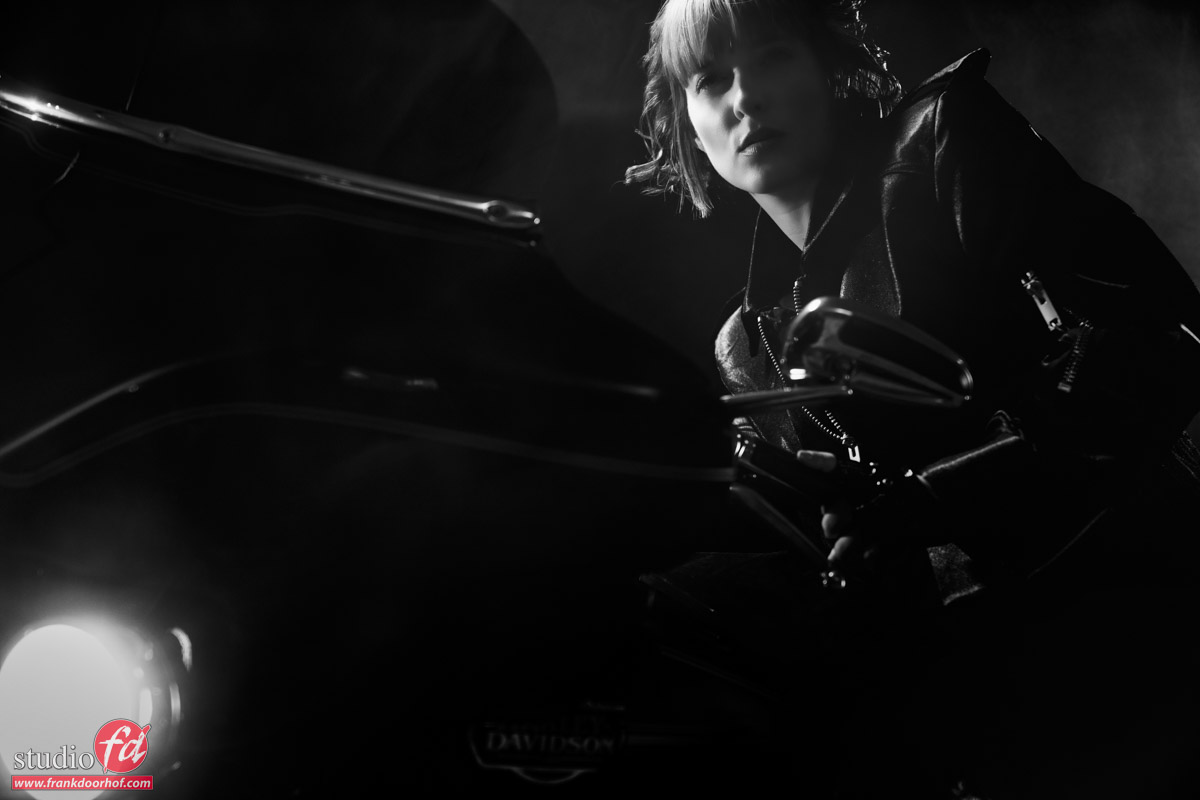
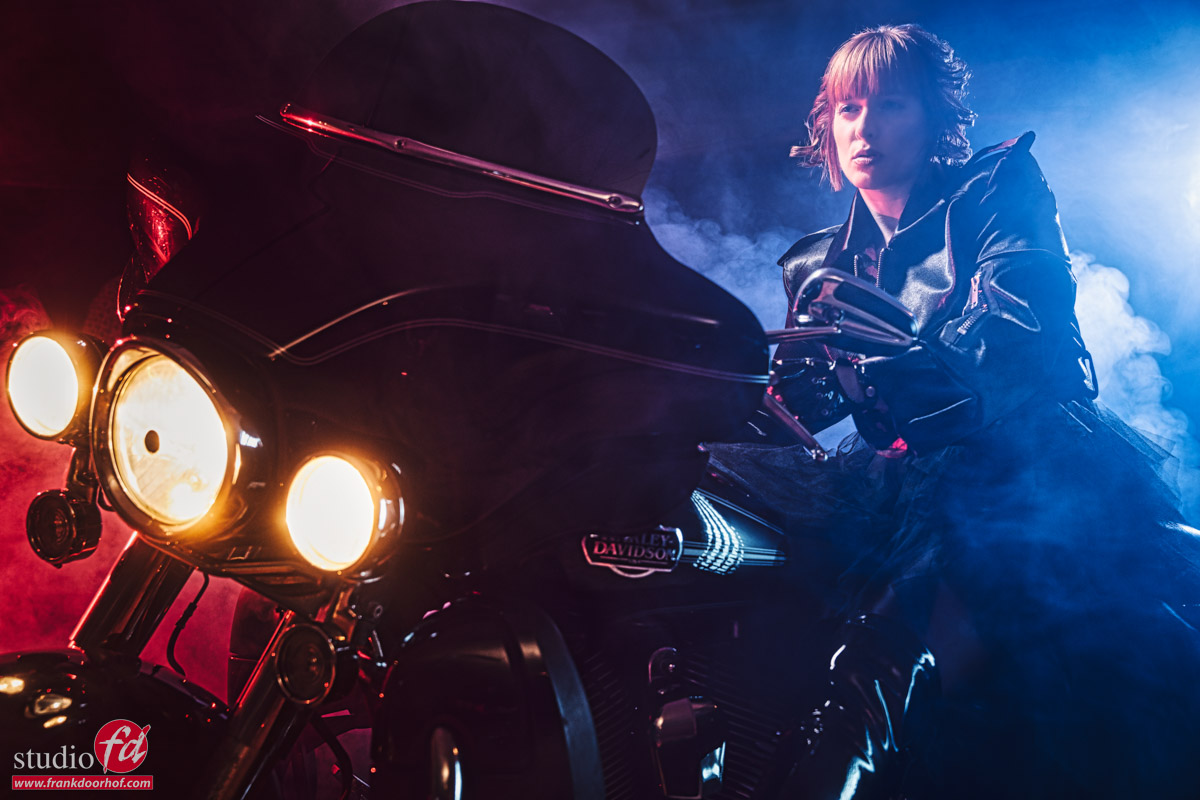
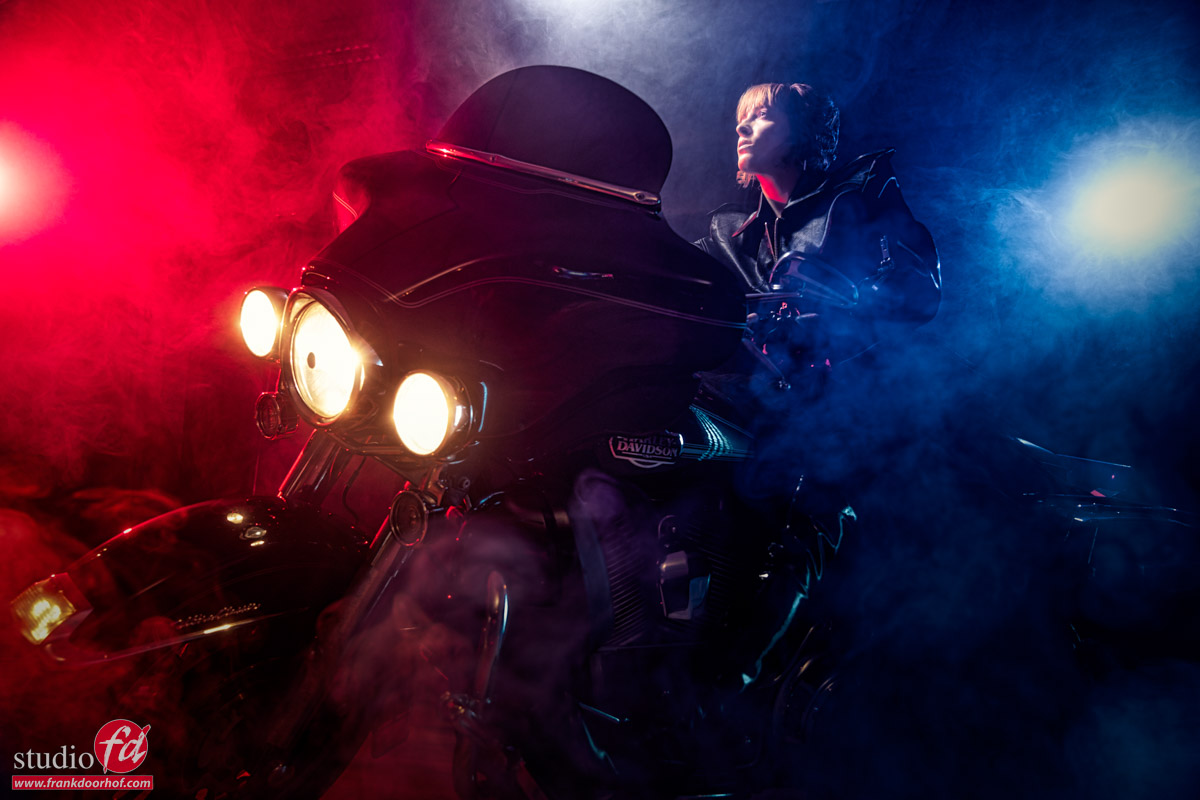

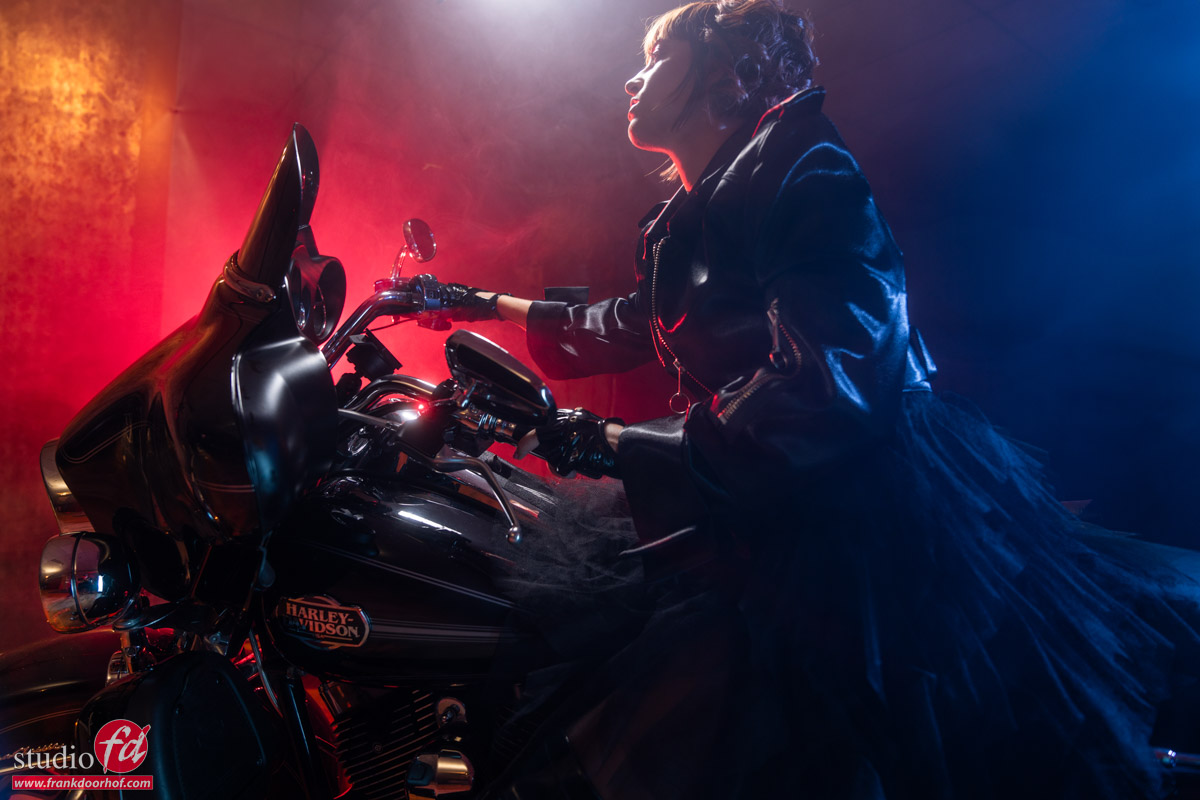
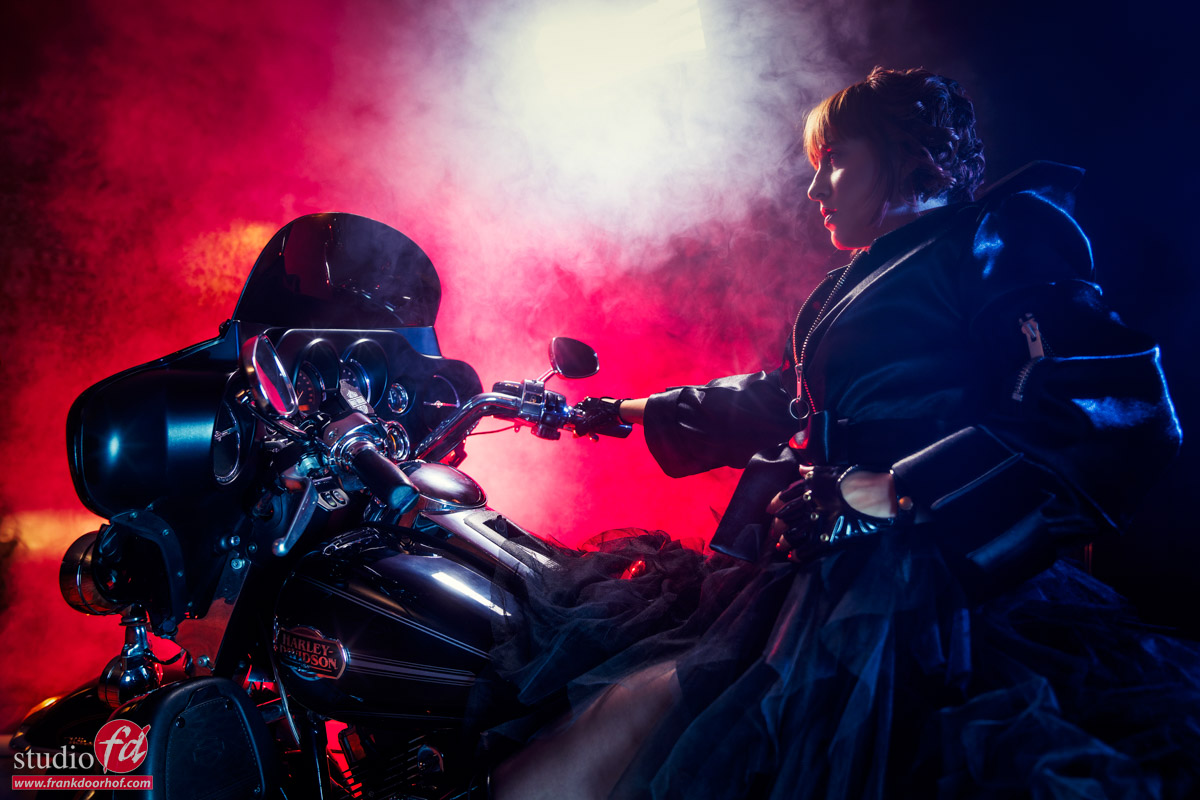
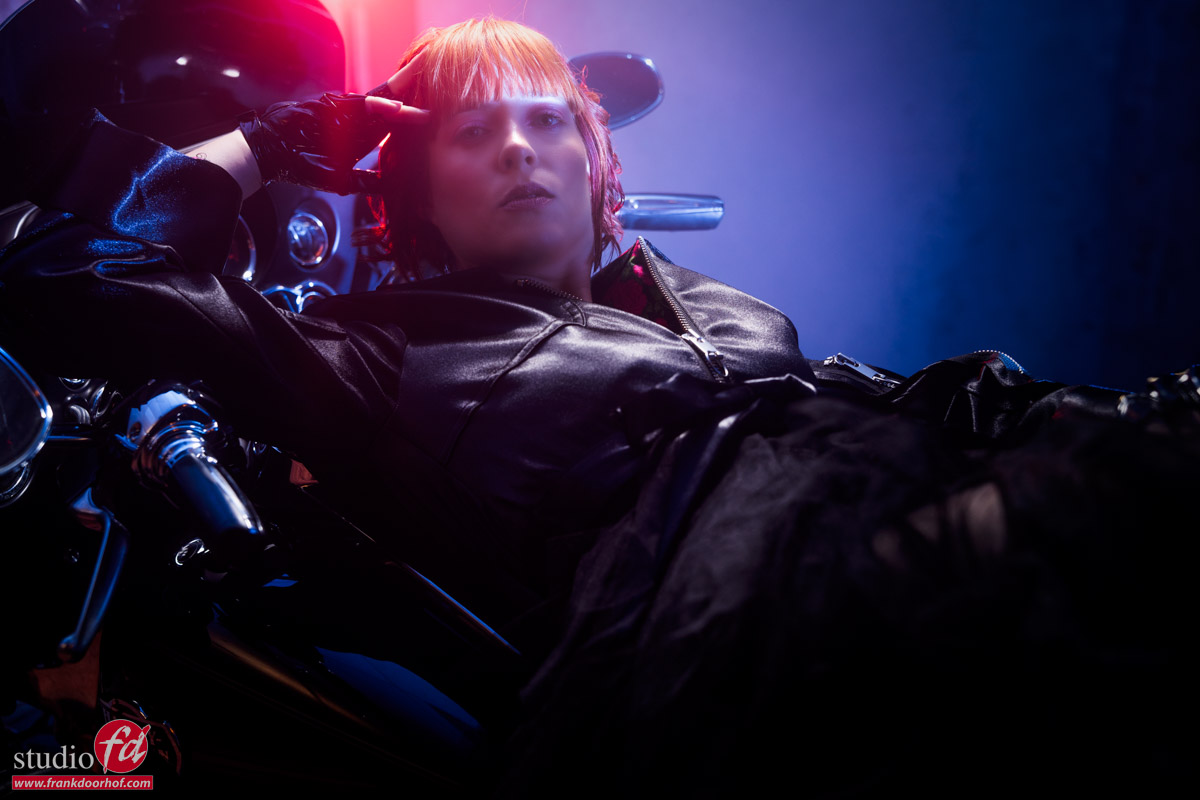
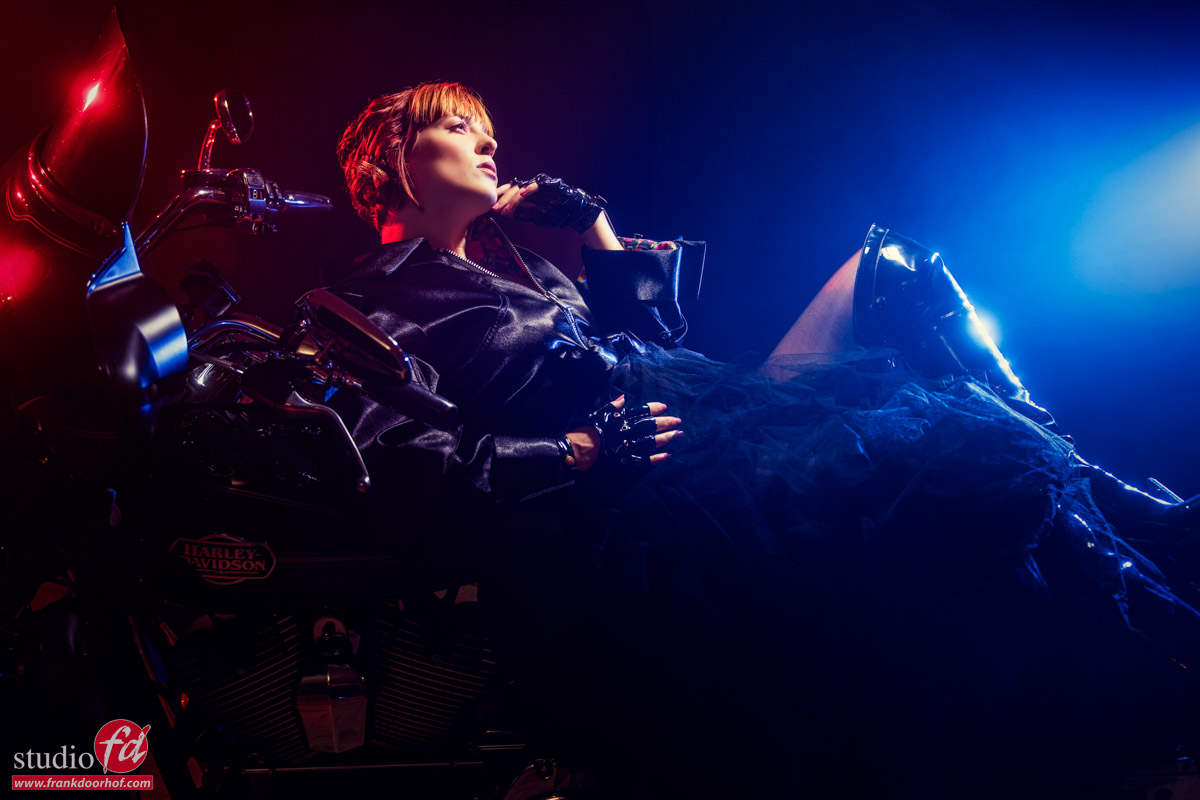

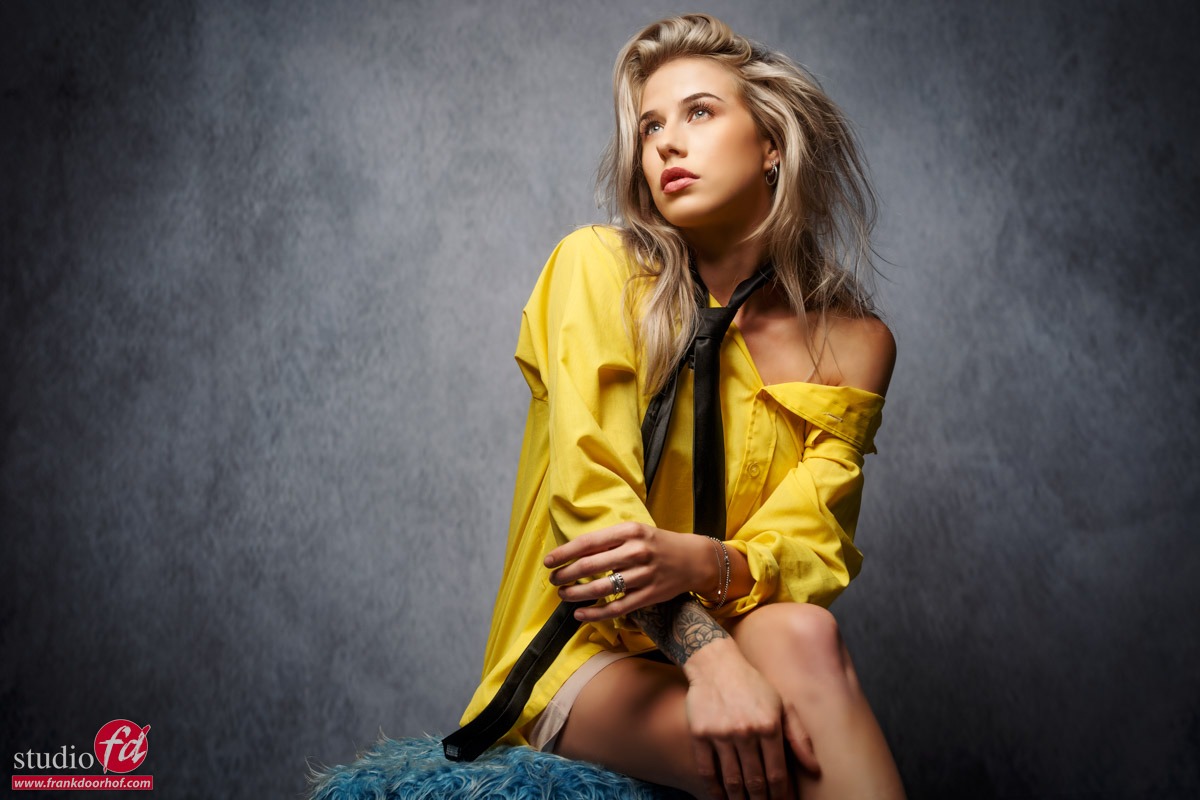
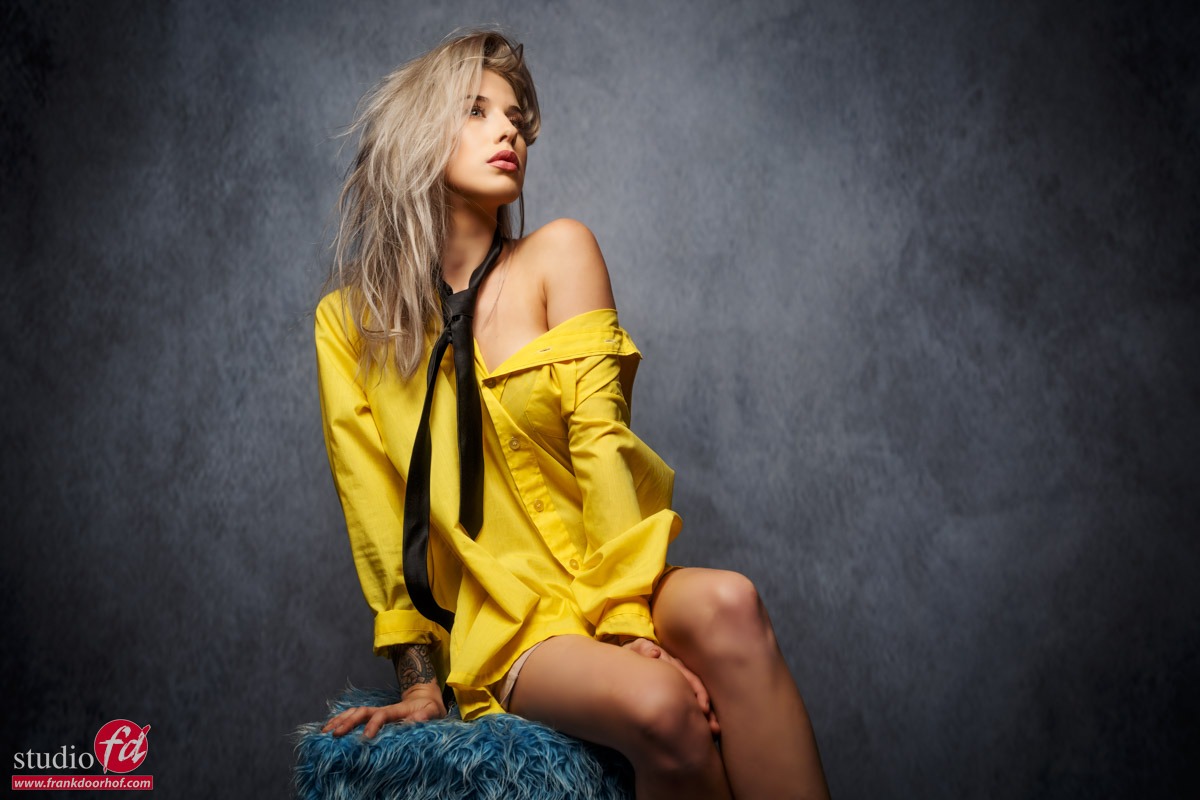



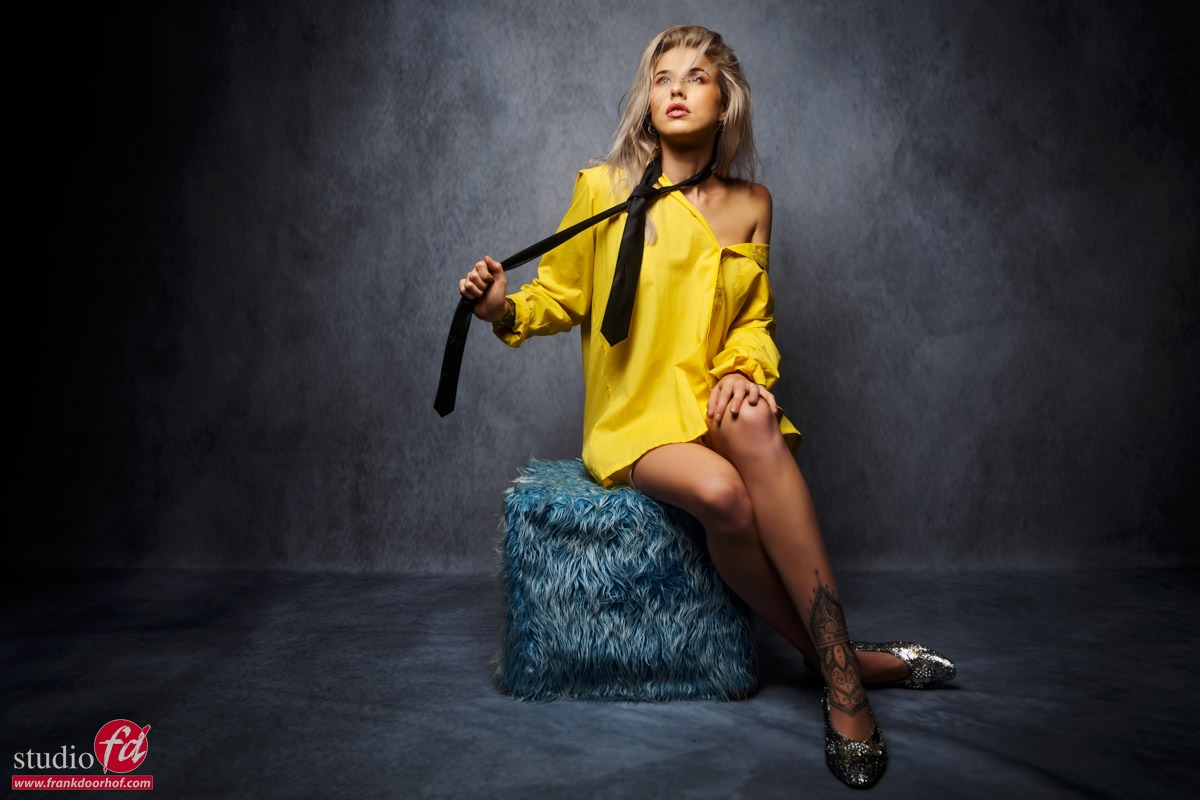
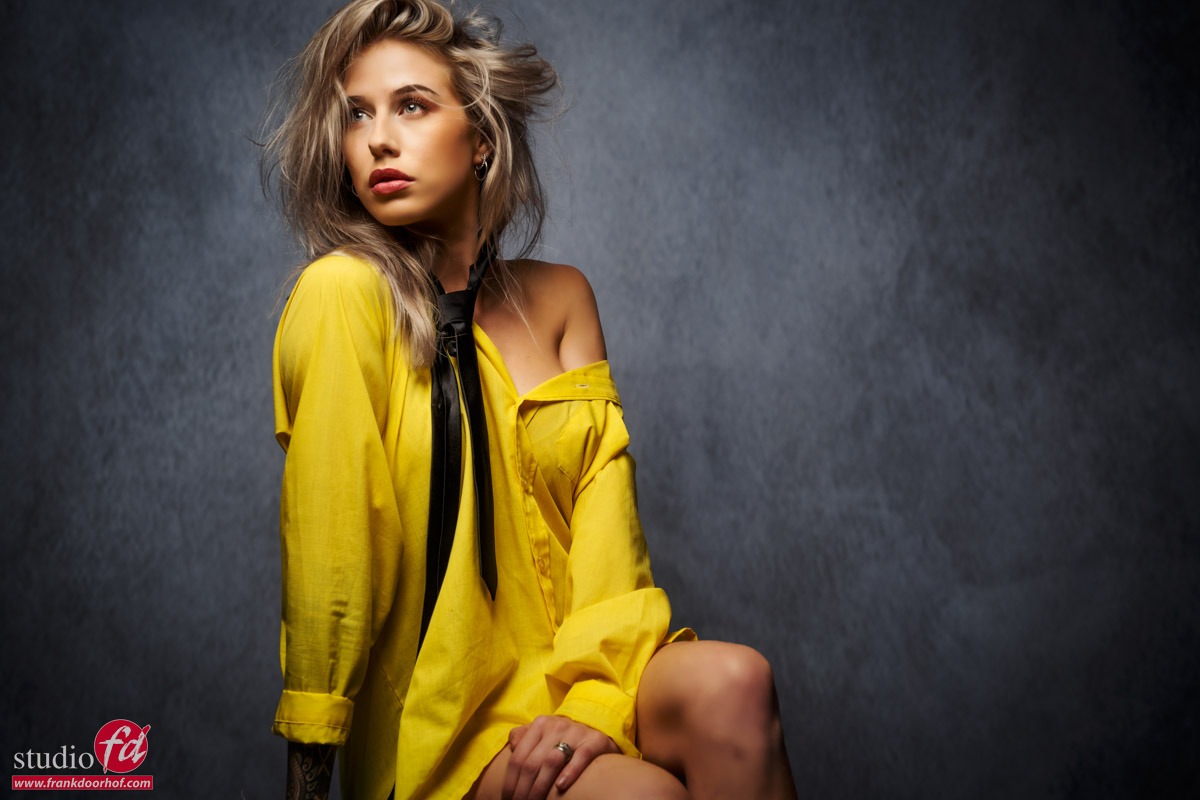
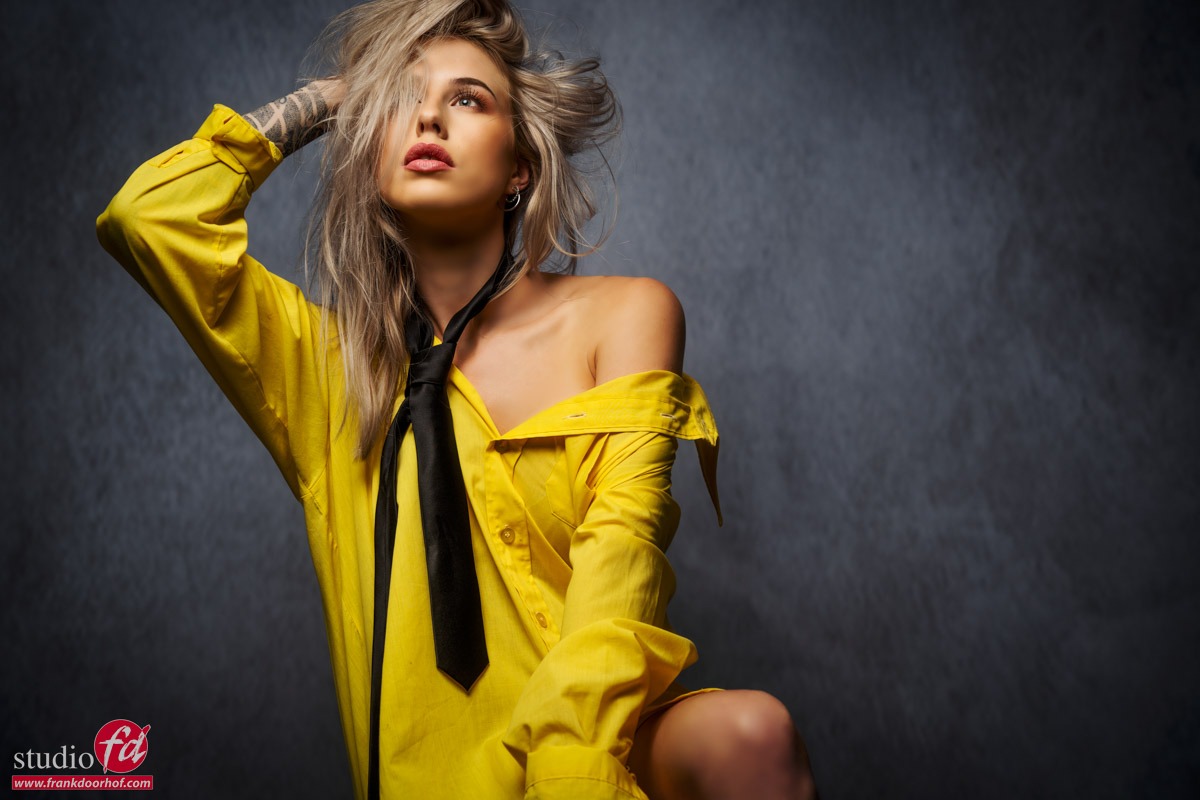
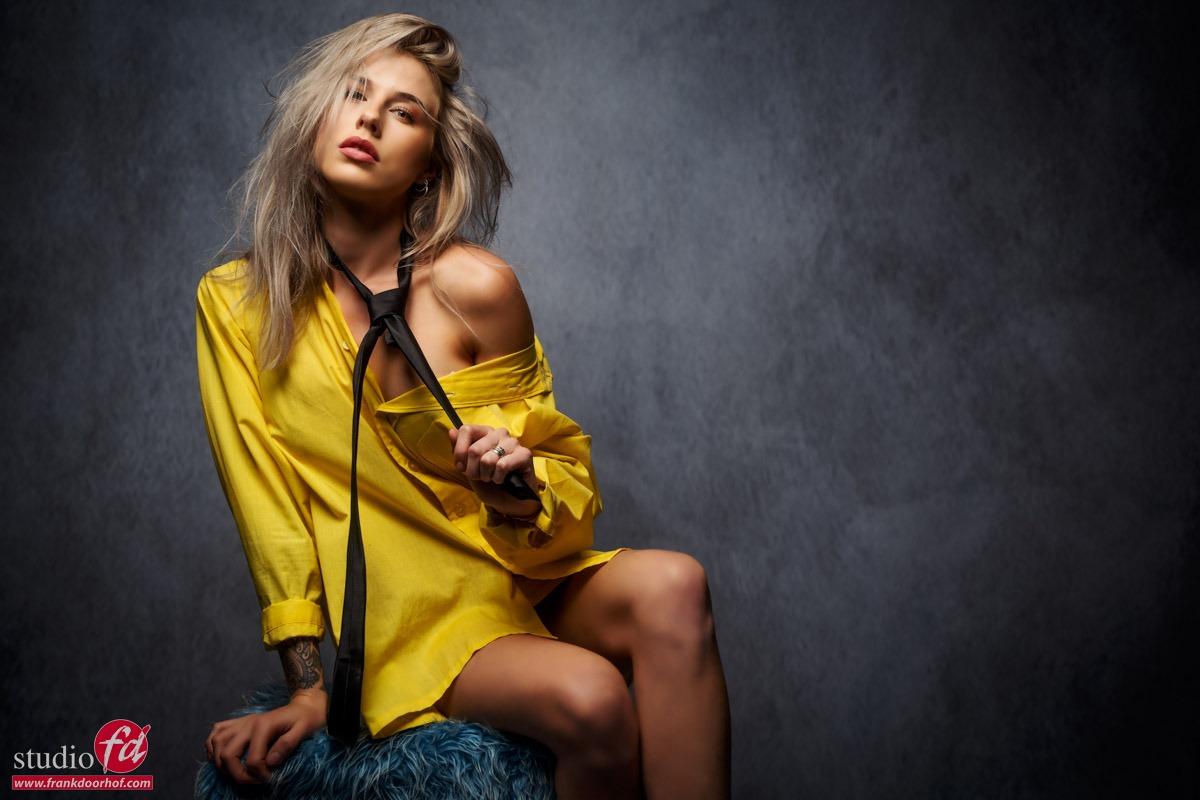
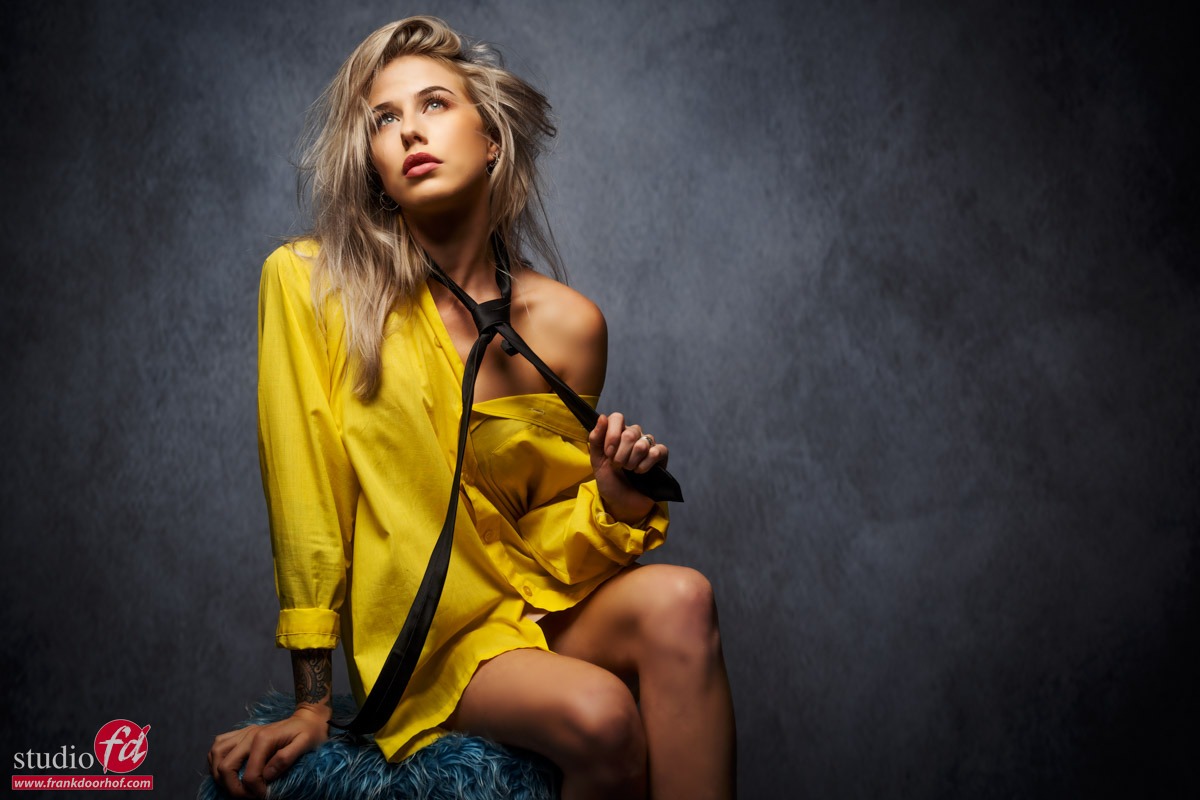
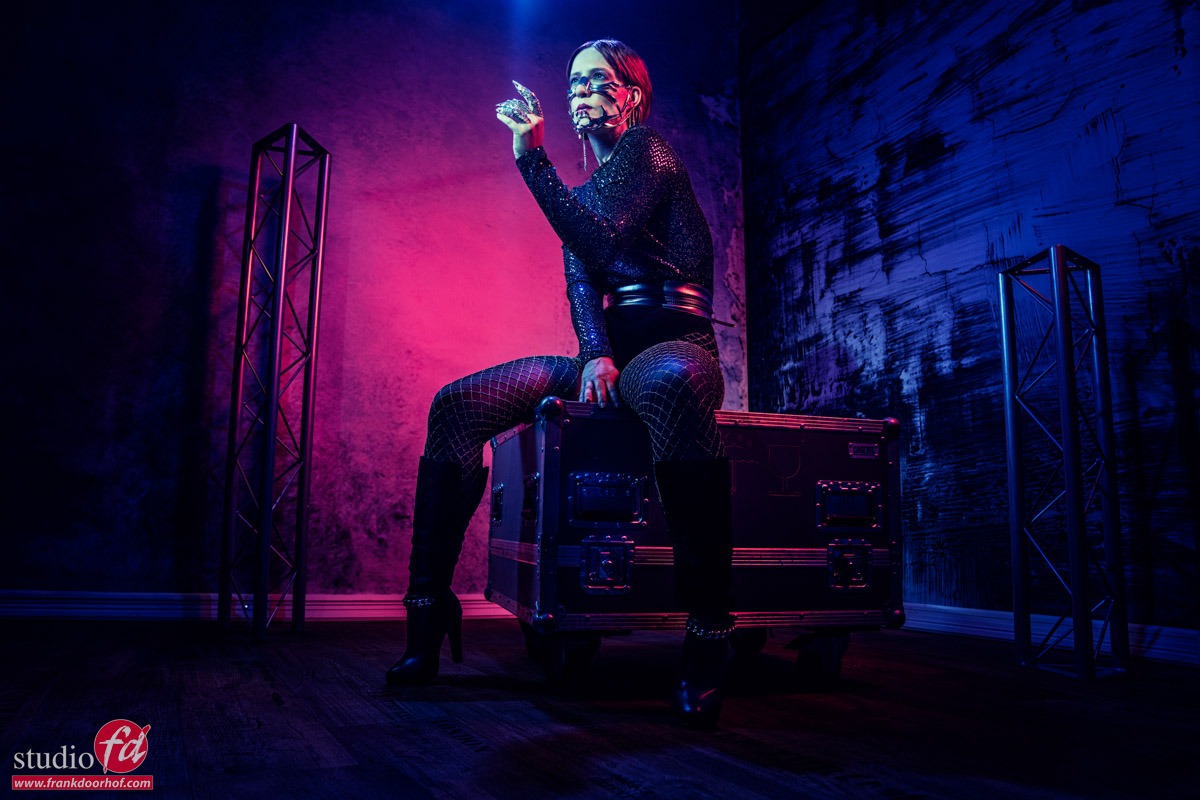

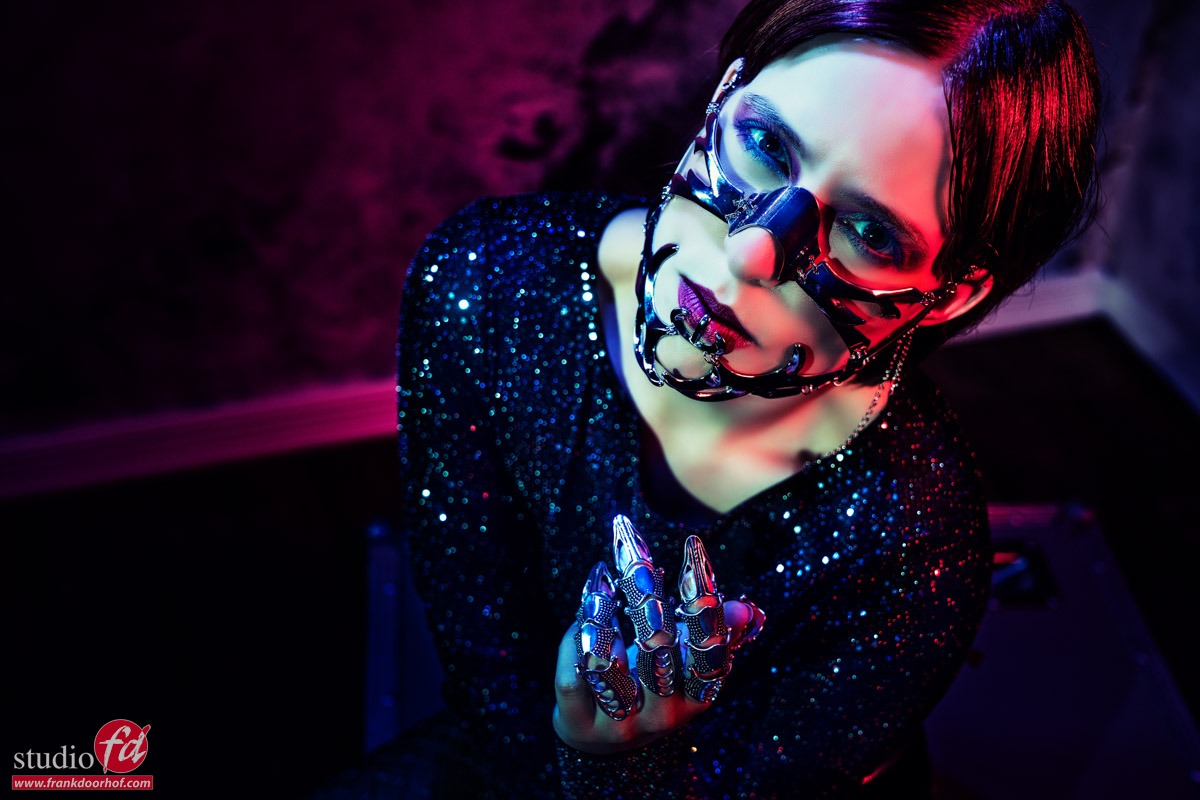
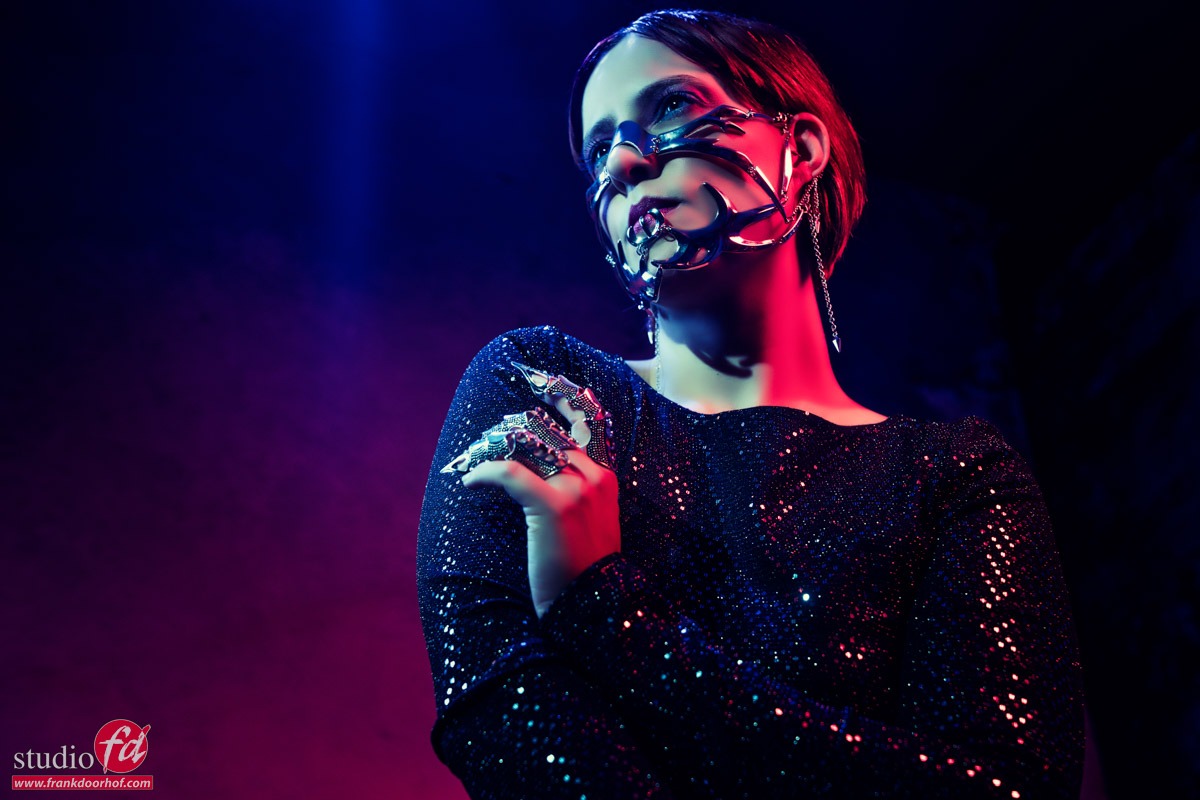
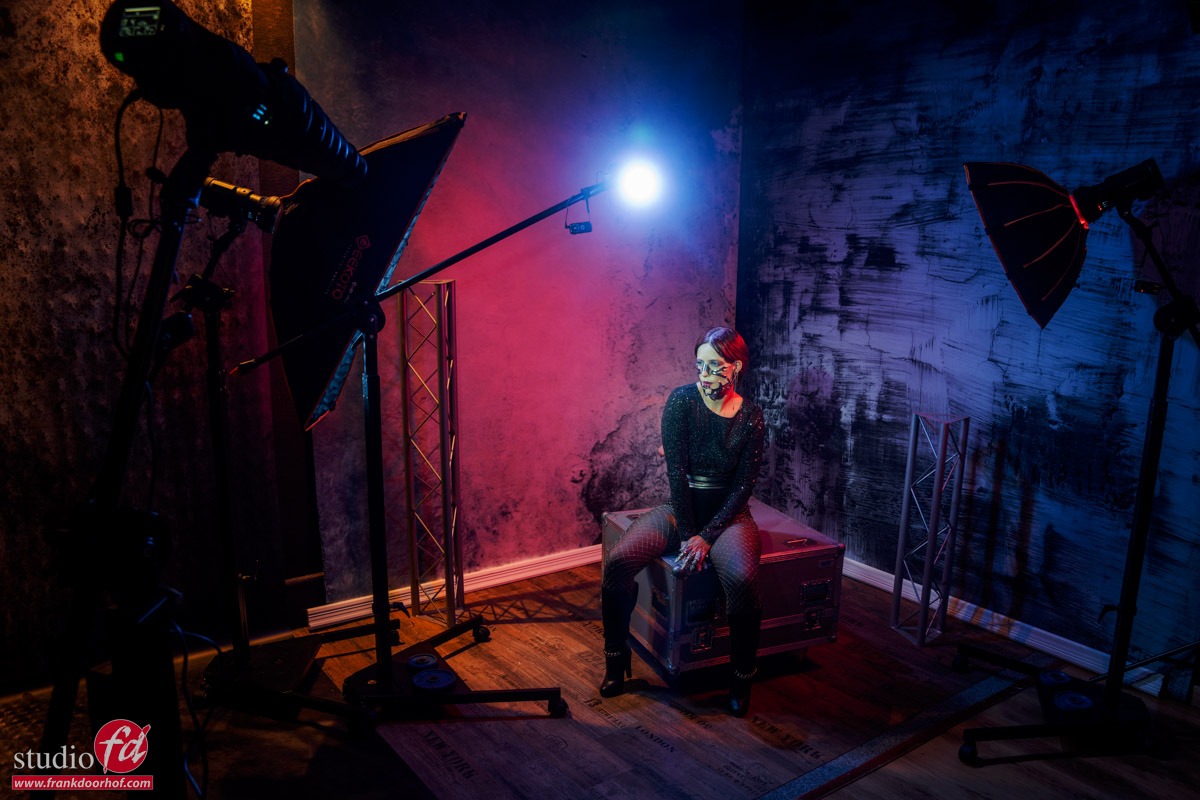

You must be logged in to post a comment.